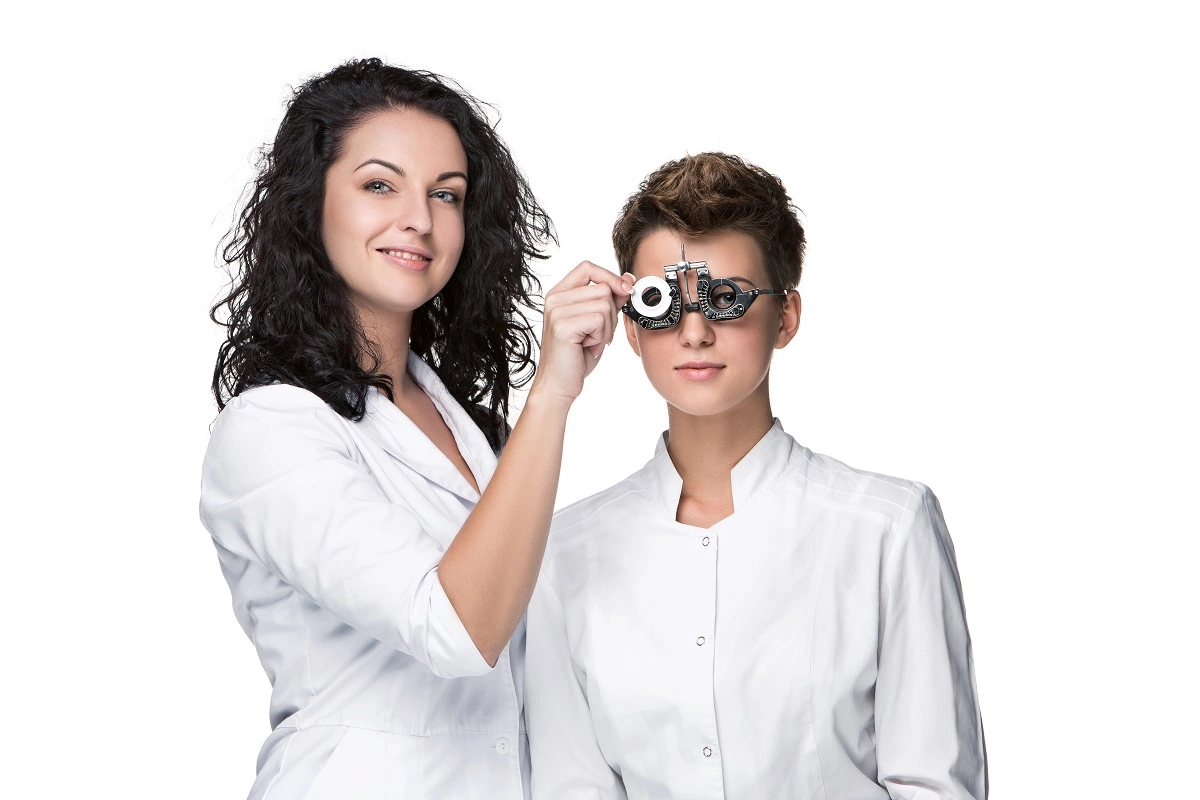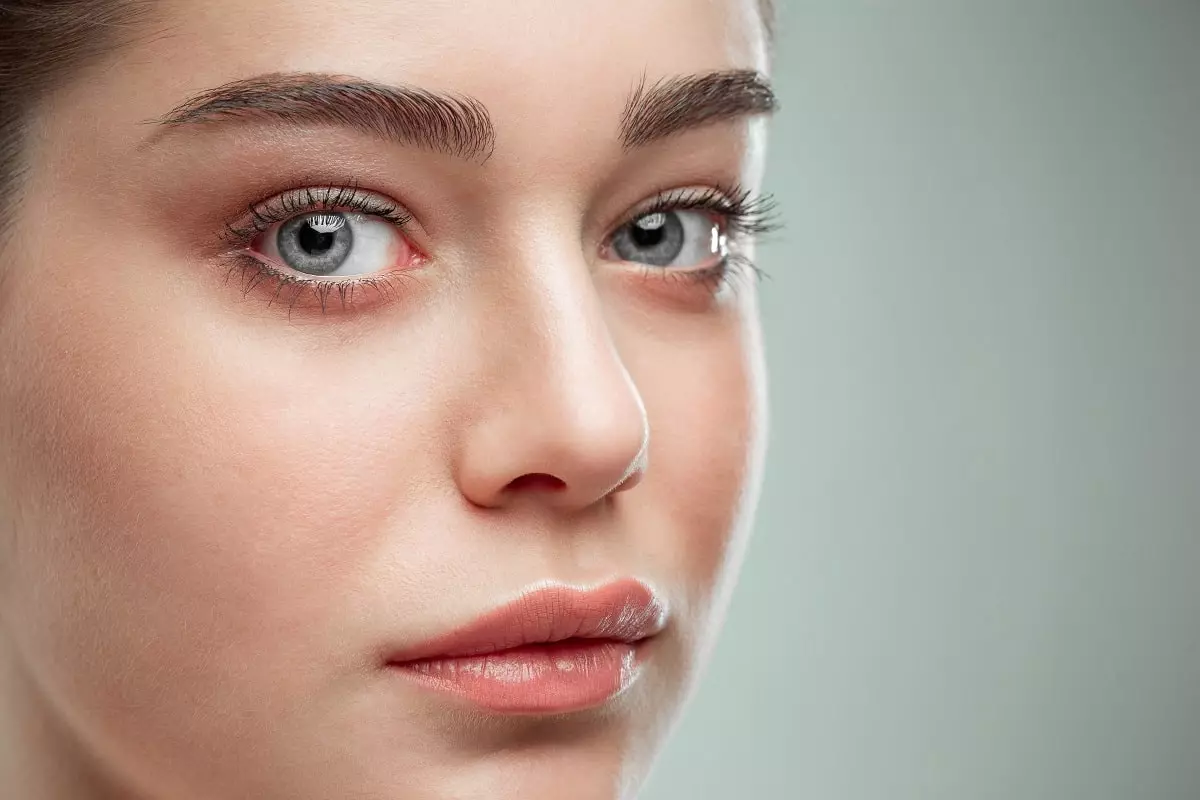Causes And Sure Cures For Dry Eyes
The dry eyes are caused because of the lack of tear production. If there is adequate tear production, then there is no threat of dry eyes. That is because the moisture that is required to maintain correct vision is present in the eyes. Tear production doesn’t mean the tears which we refer to crying but a combination of water, mucus, proteins, oils, and antibodies. Learn more about dry eyes and the role played by tears to keep the dry eyes intact from the article. Get all info about dry eyes treatment at Trend Health.
This article covers
- What Is Dry Eye?
- What Are Tears?
- What Are The Causes Of Dry Eye?
- Symptoms of Dry Eye
- Surgical and Nonsurgical Options
- Best Relief for Dry Eyes
Although it is uncommon, dry eye can be a very uncomfortable situation to have to deal with. The causes of dry eyes can be biological as well as environmental. Eye drops for dry eyes are an apparent first-line defense to help relieve symptoms, but there are also many other treatments available. Dry eye affects less than 200,000 Americans and is more likely to affect people over the age of 65. Although it is very rare, severe dry eyes can be very painful and may require surgical treatment.
What Is Dry Eye?
Dry eye is medically known as Keratoconjunctivitis Sicca and is defined as inflammation and drying of the Conjunctiva due to a lack of, or inadequate, tear production. The Conjunctiva is the mucous membrane that covers the eyeball and is found inside the eyelids. Dry eye is also less commonly known as Sjogren’s Syndrome, a disease in which the immune cells destroy the glands that produce tears and saliva. It more commonly associated with arthritis and other rheumatic disorders.
For your eyes to function correctly, they require constant lubrication. Tear production creates the critical moisture that we depend on to accurately maintain our vision. When there is an imbalance in the tear system, a person experiences dry eyes. Keratoconjunctivitis Sicca has been listed as a “Rare Disease” by the National Institutes of Health (NIH) Office of Rare Diseases (ORD).
What Are Tears?
When most people think of tears, they think of the tears we shed when crying. But tear production also plays a vital role in our overall eye health. Tears are a complex combination of water, mucus, proteins, oils, and antibodies. They moisturize, protect, and help the eye fight against infection. In healthy eyes, tears are continually being secreted from glands in the eye. Get all the info about eye care at Trend Health.
What Are The Causes Of Dry Eye?
There are a variety of different causes of dye eye. Some research suggests that individuals who work at a computer for extended periods, and people with a reduced “blink frequency are more likely to be at risk for developing dry eye than the general population. Listed below are other possible causes of dry eye:
Contact Lenses and dry eyes are also linked because dry eye is often a side effect of wearing contacts. Contact wearers need to take their contacts out regularly and keep their eyes moisturized while wearing contacts to minimize the impact of dry eyes.
LASIK and dry eyes are connected because laser surgery can sometimes aggravate the condition, and dry eye is often experienced as a complication of LASIK eye surgery. If you are considering having this procedure done, be sure you speak to your surgeon about the risk factors related to dry eye and the laser eye surgery procedure.
Allergies can also cause dry eye, and it is medically known as Allergic Conjunctivitis. The allergic reaction can result in dry eyes, or the dust, mold, or mildew or dander that triggered the allergies can cause dye eye.
Eye Drops are a little known culprit behind dry eyes. Eye drops that have preservatives or methylcellulose in them can cause allergic eye reaction that can dry out the eyes.
Estrogen Deficiency and dry eye are usually linked because of menopause or a hysterectomy. These conditions can either cause dry eye or make an existing situation worse.
Hormone Replacement Therapy (HRT) has not only been linked to dry eye but has been reported to INCREASE dry eye pain.
In addition to the causes listed above, there are several other known causes of dry eye. These can be causal factors, or they can aggravate the condition:
- Medical treatments that involve radiation
- Some types of corneal eye surgery (Non -Laser and Laser)
- A part of the normal aging process
- A lack or deficiency of vitamin A
- Estrogen or androgen deficiency
- Vascular Diseases
- of the cornea
- Some Antihistamines
- birth control pills
- Dry air or heart (natural or air-condition)
- Eye infections
Symptoms of Dry Eye
Because a diagnosis of keratoconjunctivitis sicca is so rare, and symptoms can be so painful, it is essential to consult a physician, Or optometrist/ophthalmologist if you have prolonged symptoms, or are experiencing severe symptoms of dry eye. Listed below are some of the most commonly experienced symptoms.
- Itchy eyes
- in the eye
- Burning sensation
- A gritty or scratchy feeling in the eye
- vision
- Sensitivity to light
- Feels like you have sand in the eye
Treatment For Dry Eye
Although there is no”cure” for dry eyes, relief for dry eyes is readily available. Below are listed surgical, nonsurgical, dietary, herbal, and lifestyle options to help dry eyes treatment. You should discuss treatment options with your physician or optometrist/ophthalmologist to determine what treatments gives best results for you.
Surgical Options
- All surgical procedures are done on an outpatient basis with a local anesthetic. The ducts that drain tears into the nose can be permanently sealed so that more tears remain around the eye. Consult a physician or optometrist/ophthalmologist to determine if you are the right candidate for surgery.
- Temporary Punctal Occlusion- A painless procedure where a plug that will dissolve quickly is inserted into the tear drain of the lower eyelid. It is a brief procedure, done to determine whether permanent caps can provide an adequate supply of tears.
Nonsurgical Options
- Non- Prescription Eye Drops and Ointments. The primary treatment for dry eye with a wide variety of options available over the counter. Avoid eye drops that contain preservatives or methylcellulose. If your eyes dry out while you sleep, you can use a thicker lubricant, such as an ointment, at night.
- Restasis Prescription Eye Drops- The only prescription eye drop that allows your eyes to increase their tear production, FDA approved in 2020 for the treatment of the chronic dry eye.
- Topical steroids – may also be beneficial in some cases, but they should only be used when prescribed by your physician.
- Prescription Medications- are commonly prescribed but require a medical evaluation by a physician. The exact medications and dosages prescribed is dependant on individual results, and the severity of the problem.
- Humidifiers- moisturizing the air keeps mucous membranes from drying out.
- Close Heating /Cooling Vents – point heating and cooling ducts away from areas where you spend a lot of time. This is important if your home has forced hot air heat because it can dry out your eyes very quickly
Best dry eyes treatment
You can find the best relief for dry eyes through Herbal Treatments and Dietary Supplements. Some of the herbal treatments for dry eyes are as follows.
Vitamin A helps dry eyes because tears contain vitamin A in them. Eat a healthy diet with fresh dark green leafy vegetables or buy supplements.
Borage Seed, Flax Seed, and Essential Fatty Acids– protects and aids in the repair of new cells and body tissues. Fatty acids are found in omega natural sources like fish oil, or you can buy supplements or oils that contain essential fatty acids.
Primrose Oil -1000 mg twice a day can be helpful. It is a good source of essential fatty acids that aids in the production of several tear components.
Bioflavonoids – promote the production of natural healing elements in the body.
MSM Drops (methylsulfonylmethane) – dilute in water and add directly to the eyes. Make sure it has completely dissolved, one teaspoon to a half a cup of water is sufficient. It is proven to be very useful for re-hydrating the eye.
Serrapeptase and Bamboo Tabashir– may help If there is blockage of the ducts that provide eye moisture. Serrapeptase helps clear hardened and degraded protein. The silica in Bamboo Tabashir can help to clear hardened material in eye ducts.
Ionic Minerals– daily use can help to re-hydrate the body generally, and in turn, may improve eye hydration.
Nutrition and Lifestyle
- Eat brown rice instead of white rice
- Limit sodium intake
- Avoid cigarette smoke and second-hand smoke
- Make sure to get vitamin A, C, and E
- Eat plenty of fresh vegetables
- Avoid deep-fried food and hydrogenated oils
- dairy products
- Avoid caffeine
- Reduce sugar
- Eat fish
- Eat a high fiber diet
- Avoid alcohol
- Drink steam-distilled water, up to 8 glasses of water a day, to help flush the kidneys
Final Words About Dry Eye Treatment
The causes of dry eyes can be biological as well as environmental. Treatments range from eye drops for dry eyes to changes in your diet and lifestyle. Surgery is an option in severe cases, but as always, your optometrist/ophthalmologist is your best resource in determining what treatment options best meet your needs.












One thought on “Dry Eyes Symptoms And Treatment”
Comments are closed.